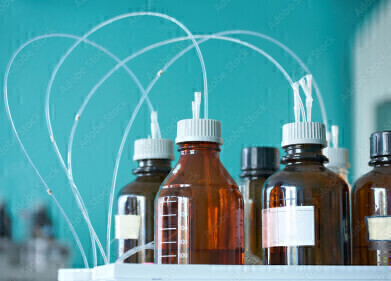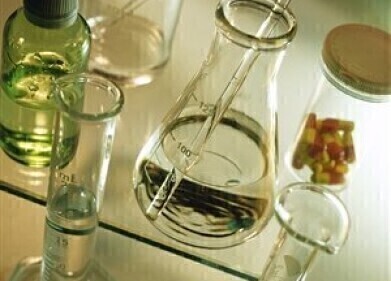Supercritical fluid (SFC), green chromatography
What is Temperature Programming in Gas Chromatography?
Oct 14 2022
There are various ways to tweak your gas chromatography methods with a view to improving the results – from column length to particle size. One such method is temperature programming. But what is it? What does it do? And how is it achieved? Read on as we take a closer look…
What is temperature programming?
In simple terms, temperature programming refers to changing the temperature of the column during chromatography analysis. It’s done using a gas chromatography oven, which provides a stable thermal environment for the analysis.
The gas chromatography oven can be set at a temperature for the entire analysis – known as isothermal gas chromatography. However, temperature programming refers specifically to methods where the temperature is increased during analysis.
What does it do?
As you would expect, changing the temperature during the analytical run has an effect on the analysis taking place – mainly impacting retention time and selectivity.
Retention
First and foremost, increasing the temperature affects the retention time for gas chromatography. That’s because less volatile components are eluted earlier. It’s estimated that an increase of 86°F (30°C) will cut retention time by half.
Selectivity
There’s also an impact to selectivity. That’s because changing the temperature allows you to alter components’ relative positions to improve or worsen separations. With adsorbents, for example, stationary phases can become more polar with a lower elution temperature.
How to calculate the right temperature
As with other aspects of chromatography, the changing of temperature isn’t about guesswork. Instead, you need a temperature program which outlines the initial oven temperature, final temperature and ramp rate. A generic program, for example, would have a starting temperature of around 40°C and a 10°C ramp rate, rising to maximum specified temperature of the column. There should also be a hold time of 10 minutes or more.
This kind of generic program can be used to analyse the characteristics of a sample, such as number of components and volatility range, as it ensures that analytes are eluted with reasonable peak separation. The program can then be adjusted to suit the sample in question. However, it may also indicate that isothermal analysis is possible.
All three of the variables above – starting temperature, final temperature, ramp rate and hold time – can be adjusted to find the right temperature program.
Find out more about temperatures in chromatography
Of course, it’s not just gas chromatography which is affected by temperature. Similar effects can be seen with supercritical fluid chromatography, as discussed in the article, ‘The Effect of Temperature, Pressure and Co-Solvent on a Chiral Supercritical Fluid Chromatography Separation’.
Events
May 11 2025 Vienna, Austria
May 18 2025 Tempe. AZ, USA
May 21 2025 Birmingham, UK
Jun 01 2025 Baltimore, MD, USA
Jun 15 2025 Bruges, Belgium














